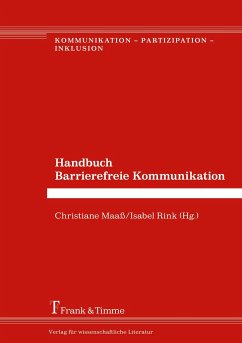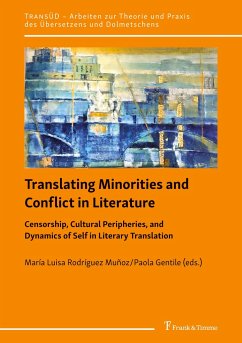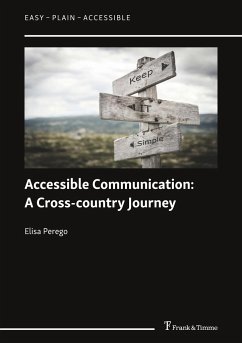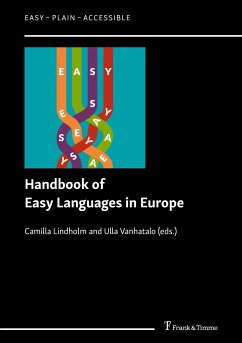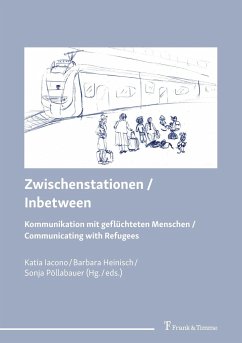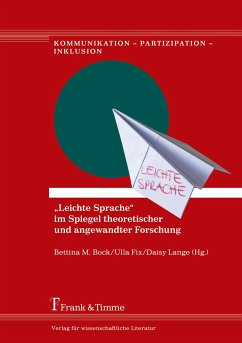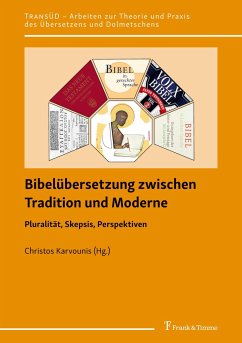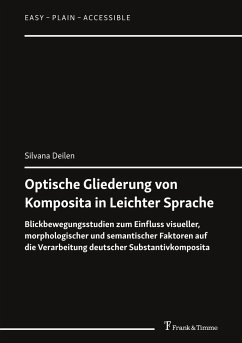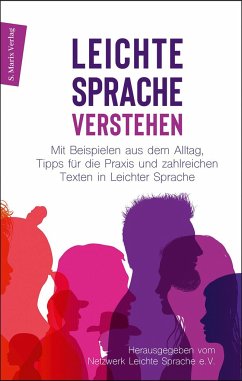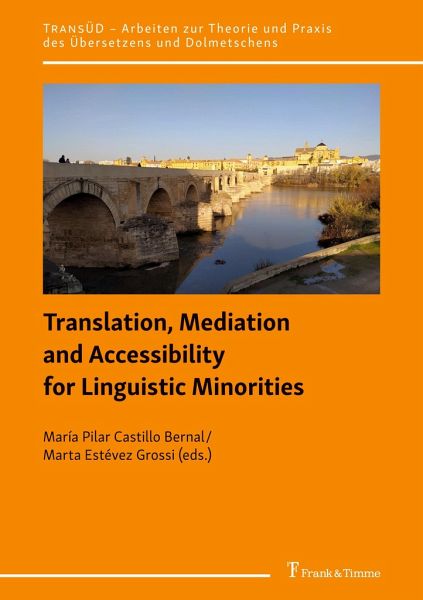
Translation, Mediation and Accessibility for Linguistic Minorities

PAYBACK Punkte
0 °P sammeln!
Linguistic minorities are everywhere, and they are diverse. In this context, linguistic mediation activities - whether translation or interpreting - are key to the social inclusion of any kind of linguistic minority. In most societies autochthonous linguistic minorities coexist with foreign-speaking minorities and people with (or without) disabilities who rely linguistically or medially adapted on texts to access information. The present volume draws on this broad understanding of the concept of linguistic minorities to explore some of the newest developments in the field of translation studie...
Linguistic minorities are everywhere, and they are diverse. In this context, linguistic mediation activities - whether translation or interpreting - are key to the social inclusion of any kind of linguistic minority. In most societies autochthonous linguistic minorities coexist with foreign-speaking minorities and people with (or without) disabilities who rely linguistically or medially adapted on texts to access information. The present volume draws on this broad understanding of the concept of linguistic minorities to explore some of the newest developments in the field of translation studies and linguistics. The articles are structured around three main axes: -accessibility of content, especially audiovisual translation-intralingual translation, including initiatives regarding plain language, easy-to-read and easy language-mediation for minorities in a broader sense and language ideologies.




